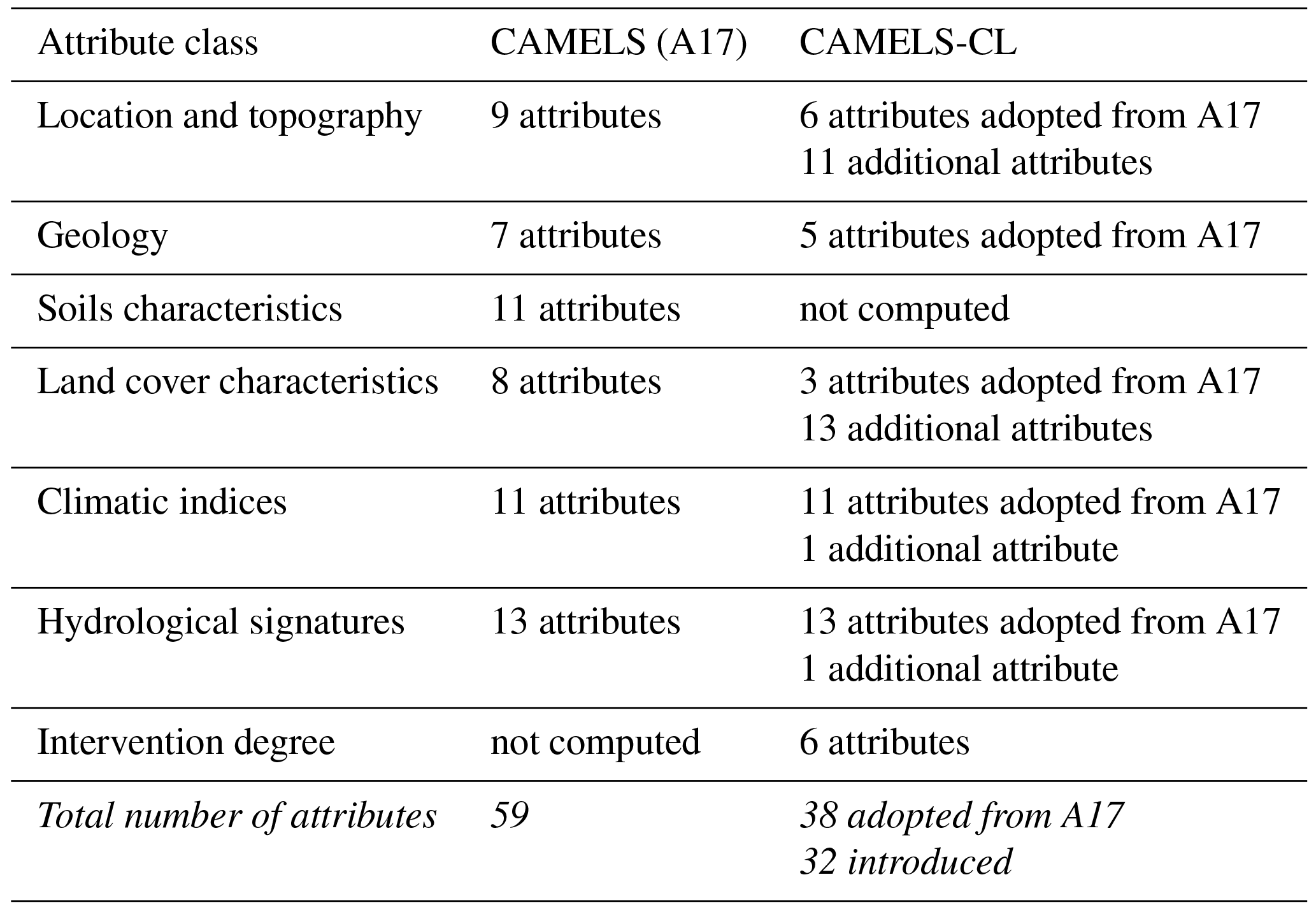

Keep the document open for the next tutorial.Īdd a new column to a MAP Attribute tableĩ. MAPublisher zooms to the area of the file where the artwork is located and displays it within visible handles.Ĩ. Select an attribute record and click the Zoom to Feature button. Zoom to a specific piece of art via the MAP Attributes panel. Click the column heading again to sort it in a descending manner.ħ. Click a column heading to sort it in an ascending manner. Right-click and click Resize All To Fit Content.Ħ.

The widths of the columns in the MAP Attributes panel may be changed by dragging the column separator left or right. The edits are automatically maintained in the attribute table once entered.ĥ. only enter numbers into a column of type Double or Integer). Keep in mind to enter values that correspond with a column's type (e.g. However, #Area, #Perimeter, #VertexCount, and #Length are properties of the geometry and cannot be edited. These attributes can be edited (but must be made visible first). MAPublisher creates some attributes which have the hash symbol (#) as a prefix. To edit attribute values, double-click inside a cell and type a new value.Īll attribute values and some property attributes can be edited.

With all of the art selected on the world_area layer, click the MAP Attributes button on the MAPublisher toolbar or from the menu Window > MAPublisher > MAP Attributes.Ĥ. Import world.mif from the Tutorial Data folder.ģ. Create a new Adobe Illustrator document.Ģ. Experiment with your own to find out what is most useful for your own data.1. In other words, the region where the dark orange is observed experienced earthquakes more than once.īuffer Art can be applied to many situations such as around parcel lots, around road or highway lines or even creating them to find intersection proximity between map features. You can see the darker color when the buffered art overlaps each other. Also, the graphic style selected for the buffer art had some level of transparency applied. The Attribute Value option is chosen and the Buffer Circle field for the Buffer Width.Īs a result, every buffered area (circle) has a different size. Now, the Buffer Art feature will be performed with those calculated values for the buffer width. Those values under the Buffer Circle column will be used for the buffer width. Earthquakes that occurred at shallower depths will as a result have a larger buffer width. The size of the buffer width was calculated based on the depth of the earthquake for every point in the layer. I have one MAP Point layer with the point information of earthquake epicenters from 2011. I will use another point layer this time. As a result, you can see that a concentric ring is drawn every 300 km from the epicentre.Īpplying values from an Attribute Column for the buffer width (Creating Graduated Symbols for every point) It will generate seven concentric circles within the 2100 km buffer. I am selecting 300 Kilometer for each concentric circle distance. This option will generate evenly spaced rings around the points within the buffered area. Lastly, I enabled the Add concentric circles every: option. įor the buffered area, a pre-designed graphic style will be applied. The buffered art will be placed in the existing destination layer Buffered Area. I specified a value of 2100 Kilometer as the distance to buffer from the epicentre (the origin of the earthquake). I have one MAP Point layer with a location of a magnitude 6.2 earthquake recorded SSE of Pondaguitan, Philippines on September 29th, 2019. Buffer Art allows you to enter one fixed value to either all or the selected art in one layer or the values from an attribute column in one map layer.Īpplying a static value for the buffer widthīelow is the new Buffer Art dialog box. Buffer Art can be performed on both Line and Point layers.


 0 kommentar(er)
0 kommentar(er)
